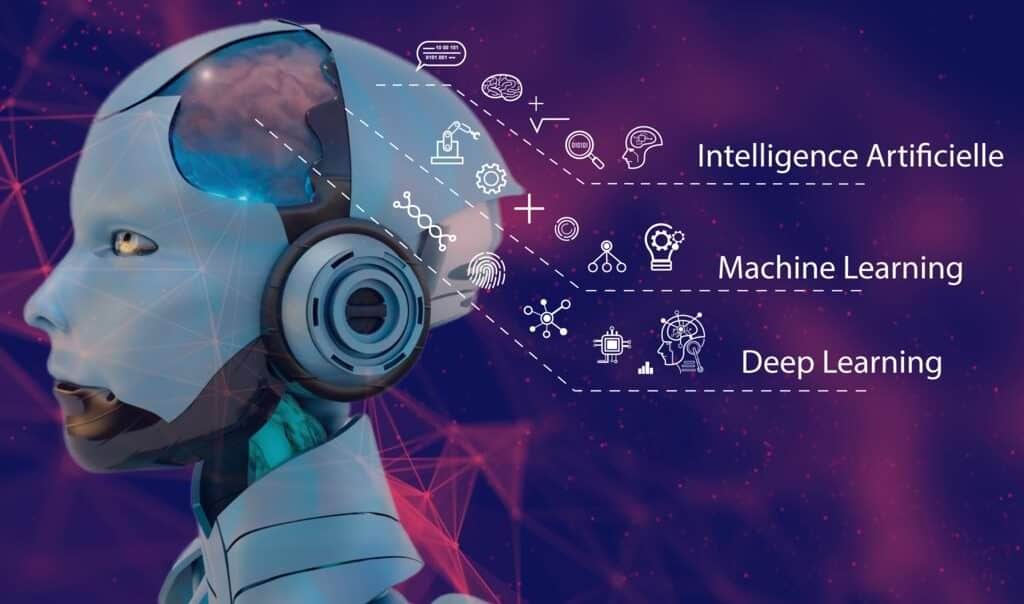Insightful Updates
Stay informed with the latest news and trends.
Machine Learning: The New Crystal Ball for Predicting the Future
Uncover how machine learning is revolutionizing predictions and shaping our future like never before! Dive in for insights and breakthroughs.
How Machine Learning Algorithms Can Transform Predictive Analytics
Machine learning algorithms have the potential to transform predictive analytics by significantly enhancing the accuracy and efficiency of data analysis. Traditional predictive modeling methods often rely on predetermined assumptions and linear relationships between variables, which can lead to suboptimal outcomes. In contrast, machine learning leverages complex mathematical models that can analyze vast datasets to identify intricate patterns and trends, allowing organizations to make more informed predictions. This capability is especially beneficial in industries such as finance, healthcare, and marketing, where accurate forecasts can lead to improved decision-making and increased profitability.
One of the key advantages of using machine learning in predictive analytics is its ability to continuously learn from new data. Unlike conventional models that require manual updates, machine learning algorithms automatically adjust and refine their predictions based on incoming information. This dynamic learning process enables businesses to stay ahead of changing market conditions and consumer behaviors. Moreover, tools such as supervised and unsupervised learning can help uncover hidden insights, facilitating the discovery of new opportunities and the prevention of potential risks. As organizations embrace these advanced analytics techniques, they position themselves for success in an increasingly competitive landscape.

The Role of Machine Learning in Forecasting Trends and Events
The integration of machine learning in trend forecasting has revolutionized the way businesses and organizations predict future patterns. By leveraging vast amounts of data, machine learning algorithms can identify hidden correlations, making it easier to anticipate changes in market dynamics and consumer behavior. Machine learning models, such as decision trees and neural networks, enable analysts to refine their forecasts with remarkable accuracy, facilitating informed decision-making and strategic planning.
Moreover, the adaptability of machine learning systems allows them to continuously learn from new data, improving predictions over time. This dynamic capability is particularly crucial in industries where trends and events evolve rapidly, such as finance, fashion, and technology. As companies harness the power of machine learning for trend analysis, they can better align their strategies with real-time insights, ultimately gaining a competitive edge in their respective markets.
Can Machine Learning Really Predict the Future? Exploring Its Limitations
Machine Learning (ML) has gained significant traction in recent years, promising to revolutionize various sectors by predicting outcomes with impressive accuracy. However, machine learning has its limitations. While algorithms can analyze vast amounts of data and identify patterns, they are inherently dependent on the quality and scope of the data provided. For instance, if the data lacks diversity or is biased, the predictions made by ML models can lead to skewed results. Furthermore, certain unpredictable variables, such as human behavior or spontaneous events, can significantly affect the reliability of these models.
One of the fundamental challenges in using machine learning to predict the future lies in its reliance on historical data. As the saying goes,
“Past performance is not indicative of future results.”While ML can make educated guesses based on historical trends, it struggles to account for unprecedented events or shifts in societal norms. Moreover, overfitting—where a model performs exceptionally well on training data but poorly on unseen data—further illustrates the limitations. Therefore, while ML is a powerful tool, its effectiveness is bounded by the inherent unpredictability of the future.